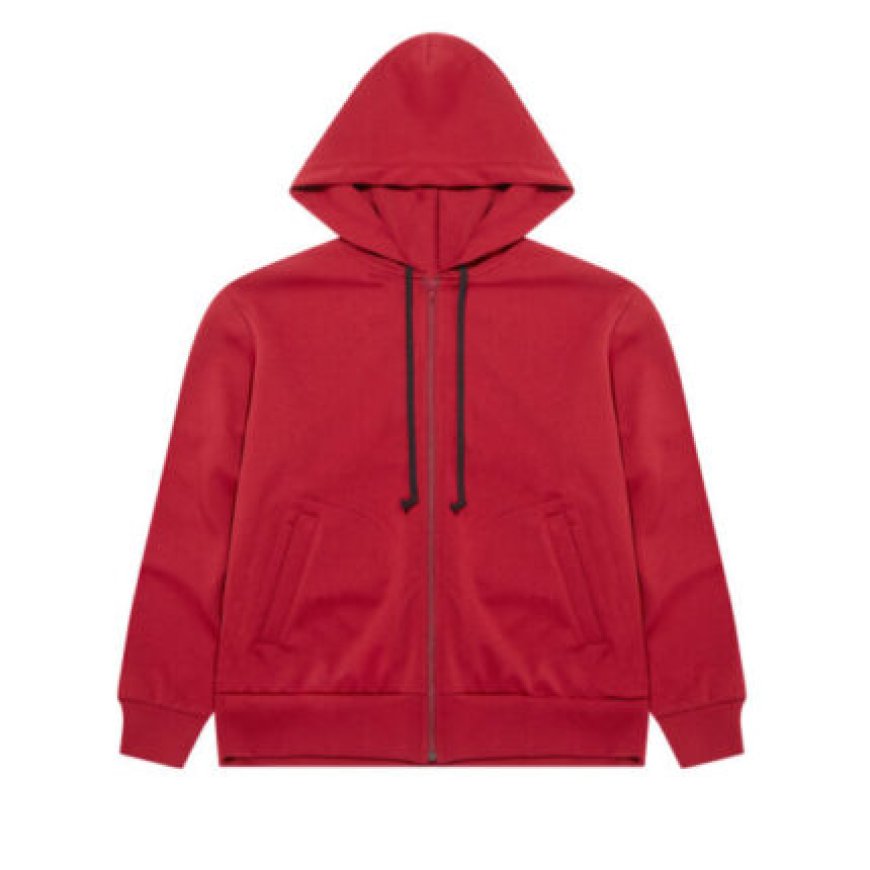The Philosophy Behind Comme des Garçons' Unusual Designs
Comme Des Garcons Play Official Store is the best choice for your wardrobe, Get Amazing CDG Hoodie, Shirts, Jackets, at 45% Off, Fast Shipping Worldwide.

Rei Kawakubo and the Birth of a Radical Aesthetic
Comme des Garons, under the visionary direction of Rei Kawakubo, revolutionized the fashion world with designs that challenged traditional aesthetics, commercial Commes Des Garcon xpectations, and even the very notion of beauty. Founded in Tokyo in 1969, and formally established as a brand in 1973, Comme des Garons (CdG) presented its first Paris runway show in 1981a seismic moment in fashion history. Models walked in tattered, oversized, deconstructed garments in monochrome tones, shocking the Parisian fashion elite.
Kawakubos designs are less about dressing the body and more about questioning the human condition through clothing. Her work isn't just fashionit's philosophical commentary. As she has famously stated, she designs not for the body, but for the soul. This approach defies commercial logic and embraces avant-garde disruption.
Challenging the Idea of Beauty
From the outset, Comme des Garons has challenged what society deems as beautiful. Instead of idealizing the feminine form, Kawakubo often masks it, distorts it, or liberates it from societal expectations. This was especially evident in the controversial Lumps and Bumps collection of 1997, officially titled Body Meets Dress, Dress Meets Body. In this show, padded lumps were sewn into dresses, deforming the silhouette. The collection raised critical questions: Why must the body always be beautiful? Who dictates these standards?
Rather than serving to accentuate or flatter, Comme des Garons clothing acts as social critique, upending gender norms, body ideals, and even the purpose of fashion itself. Kawakubo uses fashion as a tool to liberate the wearer, offering clothes as a form of expression rather than adornment.
Deconstruction as a Design Principle
One of the most defining features of CdG's work is deconstruction. Drawing from the philosophical tradition of Derrida, deconstruction in fashion involves pulling apart conventional garment-makingexposing seams, raw hems, and inner structures. Kawakubo makes what is usually hidden visible, turning the garment inside out both literally and metaphorically.
In doing so, she challenges our perception of what constitutes finished or complete. Jackets are asymmetrical, pants have uneven legs, dresses collapse in folds, shirts come stitched with mismatched sleeves. This disruption of visual and structural balance invites the viewer to rethink form, function, and purpose.
Deconstruction is not merely a techniqueit is a statement against conformity, predictability, and superficiality.
Fashion as Conceptual Art
Comme des Garons occupies a unique space between fashion and conceptual art. Each collection is more than a seasonal offering; its an exploration of ideas, feelings, and human struggles. In her 2014 "Not Making Clothing" collection, Kawakubo explicitly abandoned the conventional idea of wearable garments to focus entirely on pure sculptural expression.
Her runway shows are immersive performances, often devoid of commercial intention. Models march through dimly lit runways, wearing abstract constructions made of metal, paper, plastic, and fabric, paired with ambient or discordant soundscapes. Theres no overt branding. No logo mania. Only ideas manifest as form.
This artistic approach to fashion aligns Kawakubo more with conceptual artists than with traditional designers. Her goal is not to please, but to provoketo question the foundations of identity, tradition, and meaning through garments.
Anti-Fashion and the Rise of Intellectual Clothing
The term "anti-fashion" is often used to describe Comme des Garons work. However, its not opposition for oppositions sake. Kawakubos anti-fashion stance is rooted in a philosophy of authenticity. Rather than follow trends, CdG creates an entirely new visual language that resists commodification.
Through this philosophy, Kawakubo has inspired a generation of designers who also view clothing as a vehicle for intellectual and emotional storytelling. Designers like Junya Watanabe and Kei Ninomiya, both protgs of Kawakubo under the CdG umbrella, continue this legacy with their own experimental aesthetics.
This intellectual approach has also attracted a cult followingartists, creatives, architects, and fashion insiders who value thought-provoking design over fleeting style. Wearing Comme des Garons becomes a cultural alignment, a subtle signifier of ones resistance to conformity.
Gender Fluidity and Nonconformity
Long before gender neutrality became a global movement, Comme des Garons was already designing beyond binary distinctions. Kawakubos work consistently questions and deconstructs traditional notions of masculinity and femininity. Silhouettes are ambiguous, garments oversized, shapes abstract. Clothing becomes an open field where gender is fluid, not fixed.
Collections are often designed without distinction for gender, and stores like Dover Street Marketcreated under Kawakubos guidancereflect this nonconforming philosophy in their layout and curation. In the world of CdG, categories fall away, leaving only pure form and concept.
Commercial Success Through Rebellion
Though rooted in anti-establishment ethos, Comme des Garons has ironically achieved massive commercial success. The brand operates multiple lines, including Play, Homme Plus, Noir, Shirt, and collaborations with giants like Nike, Converse, and Supreme. However, these ventures have not diluted the core identity of CdG.
This rare ability to maintain conceptual integrity while achieving commercial viability is a testament to Kawakubos mastery of duality. She has built a brand that thrives on tensionbetween art and commerce, chaos and order, beauty and ugliness.
Each piece carries a bit of that contradiction. A CdG t-shirt might seem simple, but it carries with it the weight of a legacy that questions the very structure of fashion itself.
Comme des Garons' Legacy and Lasting Impact
Rei Kawakubos vision has not only redefined fashion but also expanded its boundaries. She has forged a space where design becomes discourse, where clothes articulate philosophical inquiries and cultural critiques. Through her work, Comme des Garons has become more than a brandit is a movement.
Fashion critics, museum curators, Comme Des Garcons Converse and scholars now place CdG within the lineage of modern art and postmodern theory, recognizing its unparalleled role in shaping contemporary design language. The Metropolitan Museum of Arts 2017 exhibition Rei Kawakubo/Comme des Garons: Art of the In-Between cemented this legacy, being only the second solo show ever granted to a living designer after Yves Saint Laurent.
Conclusion: Beyond FashionA Language of Ideas
Comme des Garons does not merely dress the bodyit confronts the mind. Through abstraction, deconstruction, and philosophical rigor, Rei Kawakubo has carved a path of radical honesty in fashion. Her designs reject easy beauty, challenge gender norms, ignore commercial dictates, and speak in the raw dialect of truthful creativity.
In a world dominated by fast fashion and digital spectacle, Comme des Garons offers something profoundly rare: silence in the noise, depth in the surface, and purpose in every stitch. It stands as a pillar of what fashion can be when it dares to question everything.












































